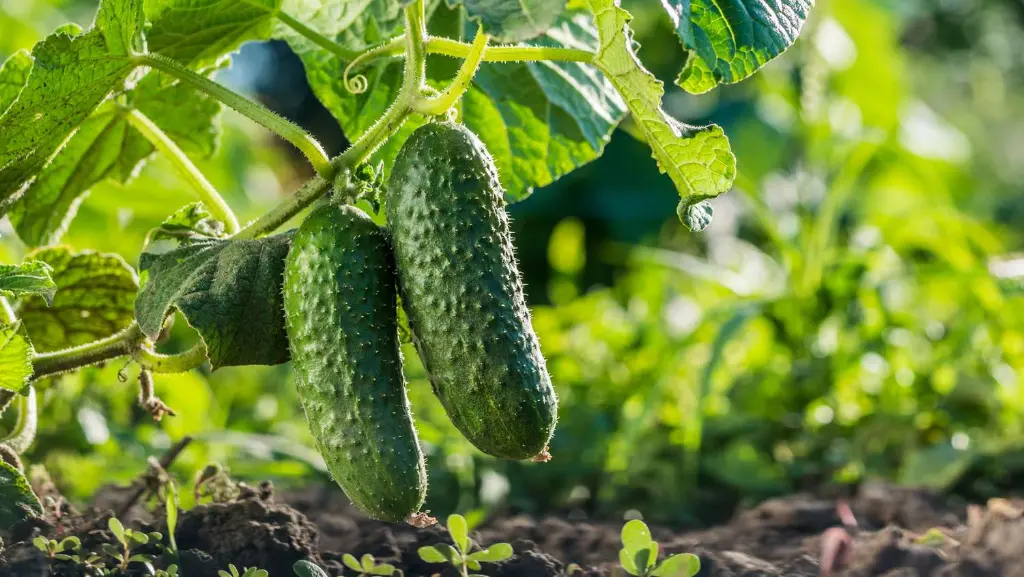
Selecting seeds, garden bed care and expert advice
You can now prepare the seedlings
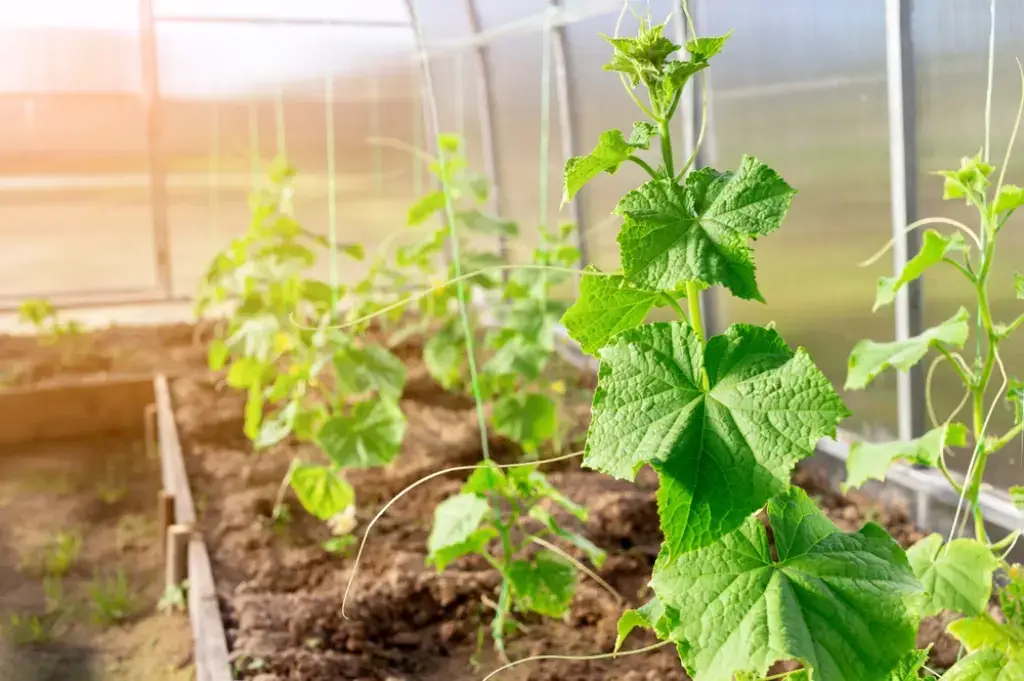
Cucumbers are one of the most popular vegetables that can easily be grown in your garden. Together with an expert, we figure out how to plant them correctly and how to care for them in order to reap a good harvest.
How to choose seeds
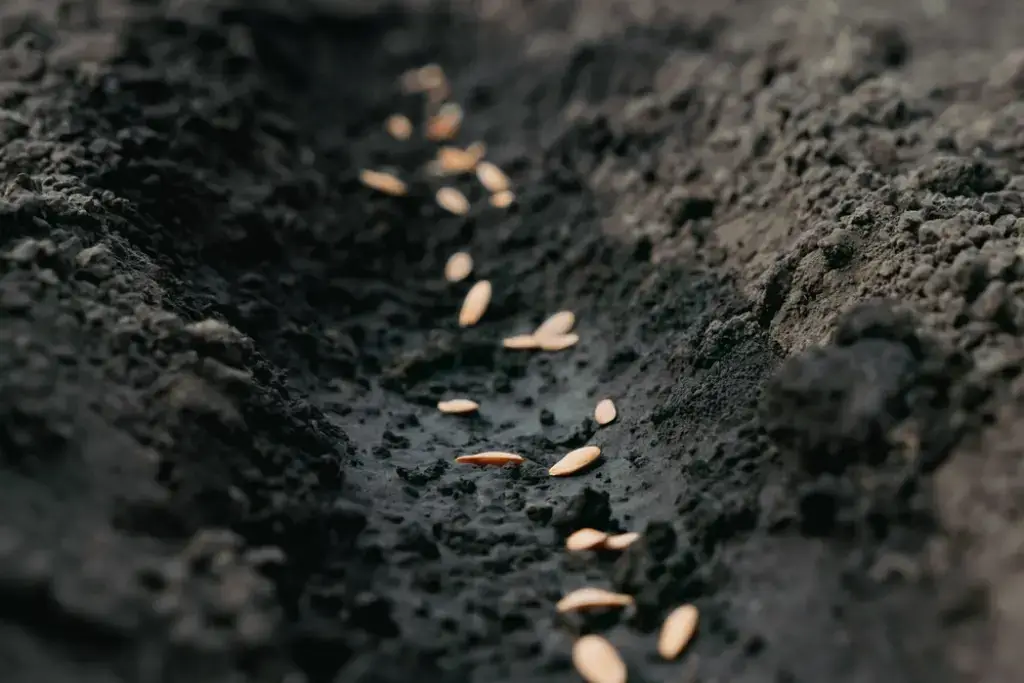
Pay attention to the variety of cucumbers and select seeds before planting.
If you decide to buy seeds in a store, keep in mind that they do not lose their viability for six to eight years. At the same time, seeds that are three to four years old have the highest quality – pay attention to the dates on the packaging.
Cucumbers can be hybrid or varietal. The former are planted for one year; seeds cannot be collected from them, but the latter can be used to renew the harvest next season.
It’s good if it is possible to check the quality of the seeds outside the packaging. In any case, before planting, its contents should be selected:
- correct seeds – full, not flat;
- in water they should sink to the bottom and not float to the surface.
Many people are interested in knowing from which seeds the most delicious cucumbers are obtained, it is not just about the seeds: “The most delicious cucumbers come from the most delicious varieties. There are F1 hybrids; It is not necessary to replant them.
They are more productive and more resistant to disease, but seeds cannot be collected from them. If you come across a good varietal cucumber, you can plant its seeds. But every year the taste will decrease. The taste depends on how the cucumber grew, whether it was properly cared for, and whether it was susceptible to disease. The inherent bitterness of some cucumbers-cucurbitacin-appears due to various factors, including watering and fertilizing.”
The characteristics of a particular variety are indicated on the seed packaging. Cucumbers are divided into universal, salad and varieties for pickling and canning. In most cases, for variety of use, the first option is chosen.
The timing of harvest ripening also varies: ultra-early cucumbers can be picked after 40 days, early ones – after 50, mid-ripening – after two months, and late ones – a little later. In addition, decide on the desired harvest size:
- short-fruited cucumbers 3–5 cm long;
- gherkins – 4–9 cm;
- medium-fruited – 9–14 cm;
- long-fruited – from 14 cm.
Determinate cucumbers are distinguished by a stem that ends in a flower bud, while in indeterminate cucumbers its growth is not limited and you need to pluck the side stems.
There are varieties of cucumbers that are recommended for growing in greenhouses and greenhouses, and others for open ground: “When choosing varieties, look at their characteristics, each of them has its own purpose. It is not possible to grow good vegetables in the open field in all climates. Cucumbers grow in warm climates, so carefully study varieties and growing methods depending on your circumstances.”
When to plant cucumbers in 2024
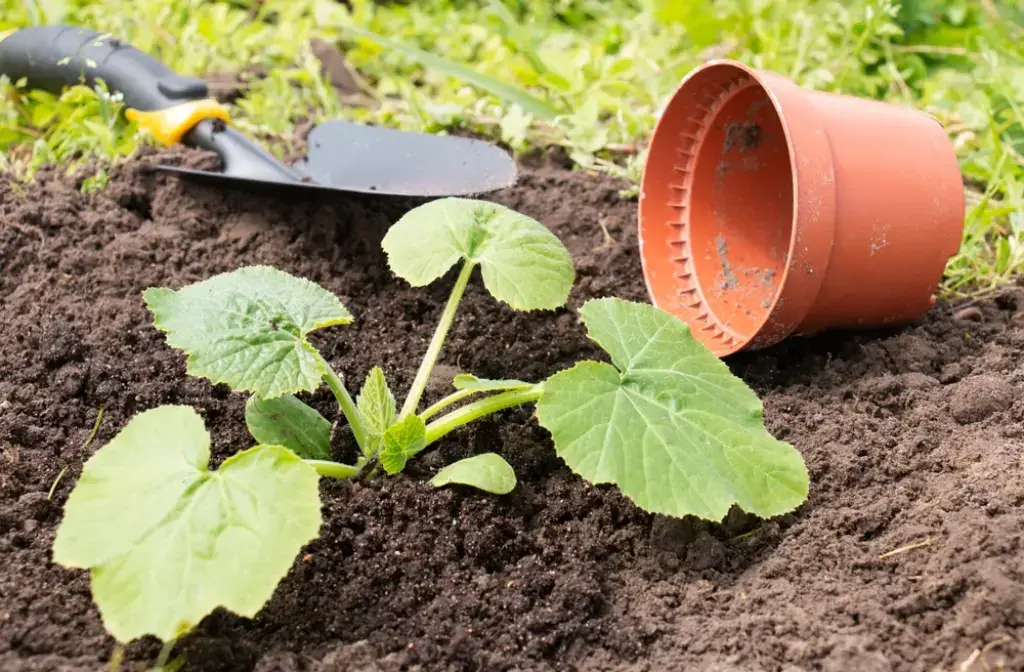
When planting cucumbers, weather conditions and even the phases of the moon are taken into account.
The temperature range suitable for cucumber germination is from 20 to 28 °C, the most suitable is 23–25 °C. If you are sprouting seeds, expect sprouts to sprout in about three to five days at high temperatures and a week to ten days if it stays in the lower range.
The timing of sowing depends on weather conditions and the method of cultivation:
- seeds for seedlings for greenhouses are prepared from the end of March;
- for planting in open ground, seedlings should be planted from mid to late April;
- Plan to disembark after the May holidays and approximately before June 10.
In colder areas, it is recommended to sow dry seeds after May 25 and germinate seeds only in the first days of summer. Many gardeners rely on the lunar calendar. According to him, in 2024, the suitable dates for sowing seedlings on the growing Moon are April 21, 22, 25, 26, and the dates for planting in the ground are May 10, 13 and 14.
Farmers claim that it does not matter which cucumbers are planted in the greenhouse and which in the open field: “Now most varieties are hybrids. Previously, varietal seeds were cross-pollinated or pollinated by bees. And now all varieties are resistant to diseases and behave the same both in the open field and in the greenhouse. Greenhouses allow you to obtain a larger harvest; Vegetables grow uniformly, without the imperfections that fruits acquire in an open garden. The flavor will be the same in both cases.
In the greenhouse, seedlings are grown and planted by hand. In open ground, you can plant both seedlings and a seeder directly into the soil, using a tractor or manually into a hole.”
How to plant cucumbers: instructions
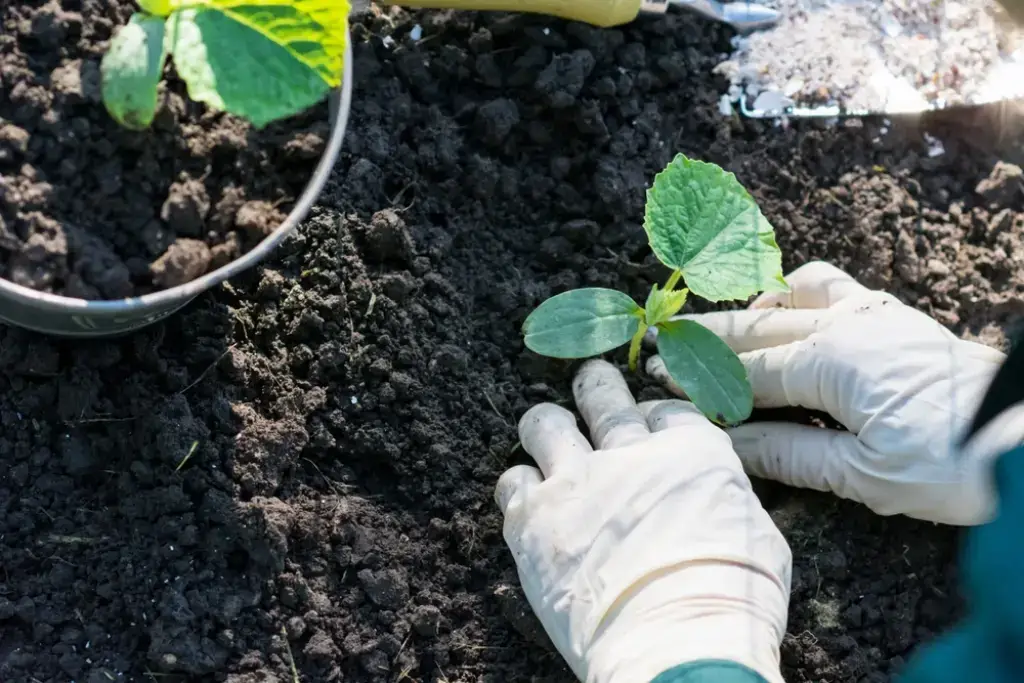
Cucumbers can be planted in rows, as well as in ribbon and checkerboard patterns.
Cucumbers are planted according to certain patterns. Most often, three planting options are used, from which you can choose the most suitable:
- staggered – 30–35 cm between holes, in each hole up to ten seeds (you will need to remove half of the seedlings and leave only five to six sprouts).
- in rows – the distance between the seed holes should be 12–30 cm;
- ribbon (in two rows) – from 30 to 35 cm;
How to plant cucumbers for seedlings
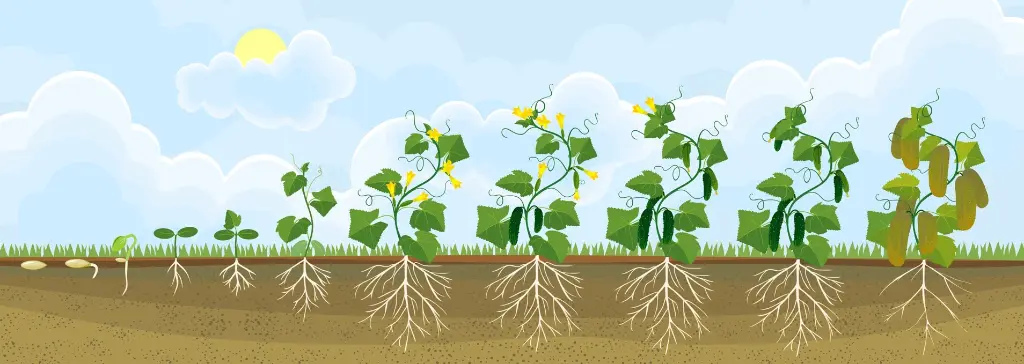
Film and phytolamps can be useful for growing seedlings
To prepare home seedlings, select pots or small plastic cups in advance. You will need soil with fertilizer. Ready-made soil can be purchased at a gardening store. Next follow the instructions:
- pour soil into glasses and water;
- put one or two seeds in each container and sprinkle them with a layer of soil 1–2 cm thick;
- spray the planted seeds with a spray bottle and cover with film;
- place glasses or pots on the windowsill so that they have enough warmth and light.
The first shoots will appear in three to eight days. As soon as you see them, remove the film, you can move the seedlings to a cooler place. If there is not enough light, use fluorescent lamps for plant growth. Don’t forget to water the sprouts with a little water.
It is believed that it is better to grow cucumber seedlings in a box, rather than in separate glasses. “Light is a growth inhibitor. If you don’t provide additional light to the seedlings on the windowsill, they will reach for the sun and turn out frail, lanky, with a poorly formed root system,”.
How to plant cucumbers in the ground
Before transferring the seedlings, it is necessary to prepare the beds:
- make furrows in accordance with the planting pattern that suits you;
- pour water over them without much pressure so as not to destroy the prepared holes;
- when the moisture is absorbed, spread the seeds, sprinkling them with earth and humus.
For fertilizer, manure is used at the rate of 5–6 kg per square meter of planting. In some cases, if it is hot outside, it makes sense to cover the beds with film until visible shoots appear.
As for planting in closed and open ground, there are no particular differences in the methodology. It is believed that the results are fundamentally different:
“If we talk about hydroponics in a closed method, in a greenhouse, then we are not talking about natural agriculture. In this case, we artificially create an environment for cucumbers using stimulants and agrochemicals. For returns of three times or more this is important. But the taste and nutritional quality of the crop will be different. «A product like this cannot be considered natural, real.»
How to care for a bed of cucumbers
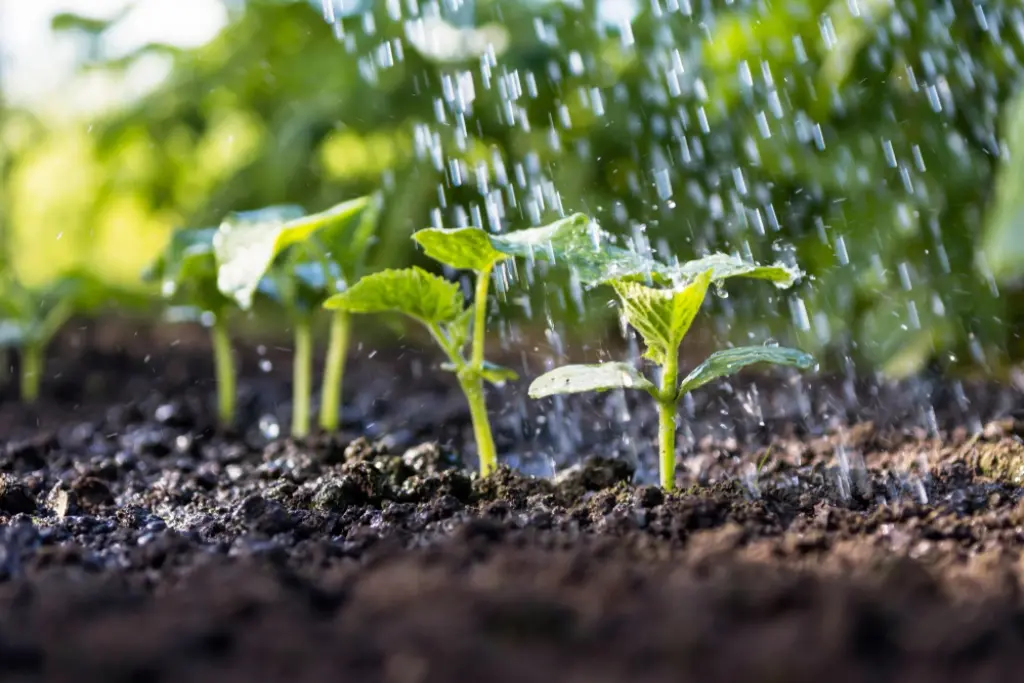
The quality of the harvest depends on proper care.
Like any other plant, unpretentious cucumbers still require supervision: “The most dangerous thing is the weather conditions, but nothing can be done about it. There are also no techniques against locusts, after which “scorched earth” occurs. Everything else can be solved.”
Processing
Seedlings can be damaged by insects. If this happens, you will notice lesions on the stems and leaves. You can get rid of them using chemical solutions, usually chlorophos or thiophos. Cucumbers are treated with hydrogen peroxide to prevent white mites.
“The soil must be treated for prevention. If you grow cucumbers in one bed in a greenhouse and tomatoes in another, then next year you should swap them. Don’t plant them in the same place more than once. Be sure to throw snow into the greenhouse in winter so that it melts there, and in spring disinfect the room by smoking it with sulfur bombs when there are no plants there. You can treat with antibacterial drugs, for example phytosporin, copper sulfate, which are used to wash glass, films, and greenhouse racks to remove pathogens. The most common disease of cucumbers is downy mildew.”
Watering
Don’t forget to water once every 5-7 days. For every meter of planting, up to 4–5 liters of water are consumed. After the ovaries appear, the cucumbers are watered once every two to three weeks, depending on the weather. It is important to do this when the bed is in the shade – in the morning or evening, but not in the midday heat, so that the reflected rays of the sun do not burn the leaves. In this case, there should be more water than in the first irrigation period.
Top dressing
With proper care, vegetables will grow well, but sometimes gardeners prefer to help them with fertilizers. Potassium permanganate and boric acid are used as fertilizers in everyday life, but you can buy ready-made solutions in the store.
Another important point is the timely hilling of the beds. It is made to grow roots and protect against fungus. Hilling is done a couple of times during the season of fruit growth and ripening.
Expert advice
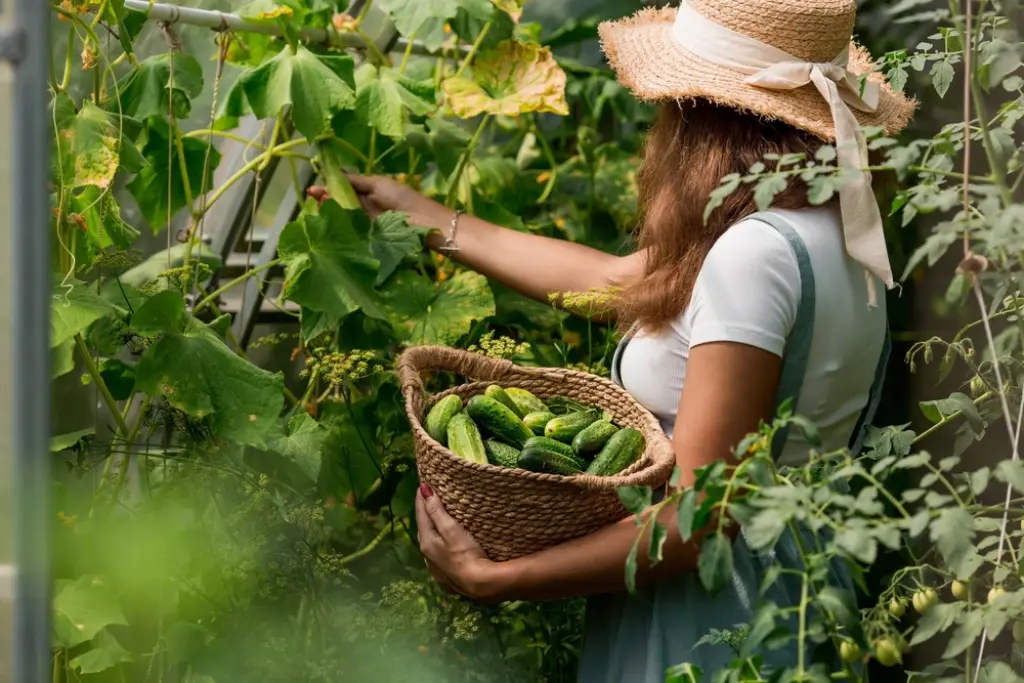
Farmers recommend working with biological products and studying the theory
“Cucumbers love light, nitrogen- and humus-rich humus, rotted manure: “Ideally, horse manure, but cow manure is also possible. Add leaf soil or peat to it to get a loose, crumbly consistency. There are no other life hacks, you just need to follow the methods that have been tried for years. Nothing new was invented here except varieties.”
“My farm works 100% only with biological products. No agrochemicals. Surprisingly, few people believe that it is possible to grow healthy crops without the use of chemicals. You just need to meticulously approach each stage of harvest preparation.
Let’s start with choosing seedlings: you need to know the supplier, trust him, but still have a little doubt. It is impossible to assess the quality of seedlings visually. Therefore, it will be great to take a small batch and take it to the laboratory to conduct an analysis for insects, nematodes, and phytopathology.
Continue using organic products; I sincerely recommend that you use them for the sake of the quality and flavor of the harvest. Manufacturers of microbiological plant preparations offer, for example, many items of plant protection products and microbiological fertilizers, as well as small packaging. They protect against fungi, insects, and parasites; they are not addictive. Bioprotections are not washed away by rain, but remain in the root system, are convenient and help to grow a good harvest.”



